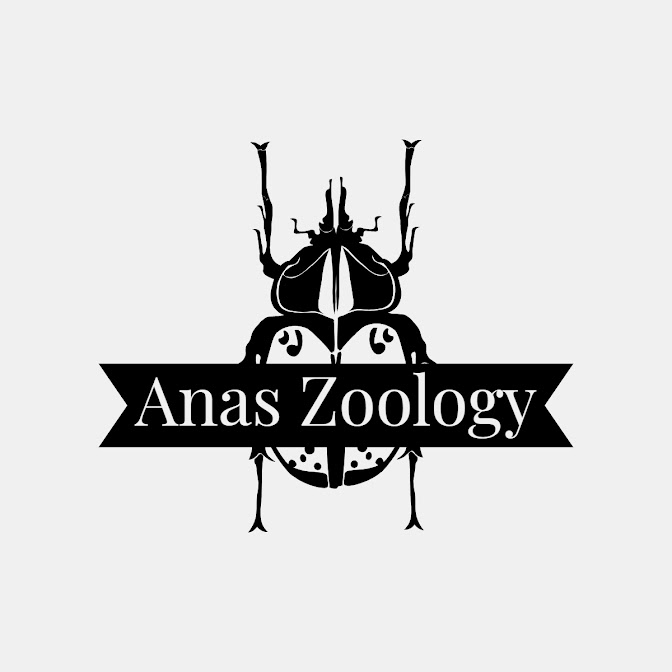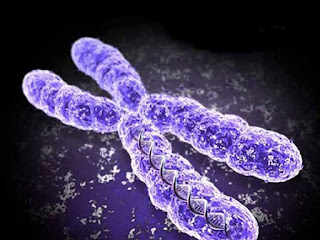Alethopteris serlii: A prehistoric plant!!!!

Fossil of Alethopteris serlii Alethopteris serlii: Alethopteris serlii is a extinct seed producing plant. It is an extinct plant of gymnosperms. It belongs to the Carboniferous period (around 360 to 300 million years ago). They went extinct during the Cretaceous period. Alethopteris had compound pinnate fronds, consisting of thick, strongly veined leaflets. References: Image source ( Fossil of Alethopteris serlii) : https://www.kgg.org.uk/alethopterish.html







.png)


